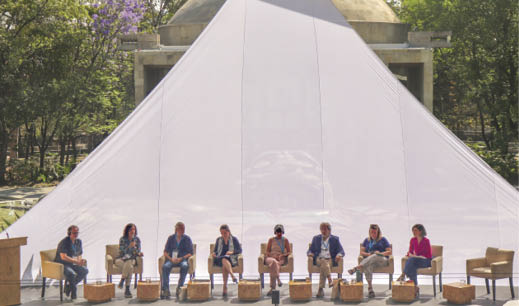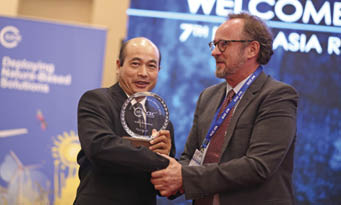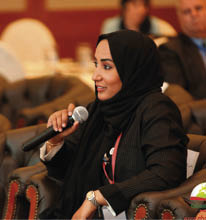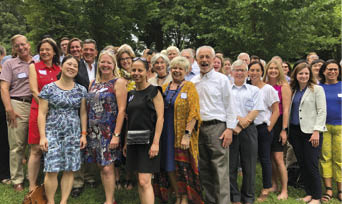For Members who are new to IUCN, RCFs are a useful opportunity to learn more about the running of the Union
This autumn, conservation professionals from across Europe and North and Central Asia will gather in the Belgian city of Bruges. Here, at the seventh of nine IUCN Regional Conservation Fora (RCF) in 2024, Union Members and other constituents will meet to discuss their current challenges, learn about IUCN’s forthcoming programme of work, and prepare for next year’s World Conservation Congress.
For Ann-Katrine Garn, Conservation Manager of Copenhagen Zoo, the Bruges Regional Conservation Forum will be a wonderful opportunity to meet colleagues from other nations and find solutions. “The main aim of the RCFs is to get Members together, stimulate new connections, and learn about and understand the community you are part of,” she says.Having chaired the IUCN National Committee of Denmark since 2013, Garn has attended several RCFs over the years. This year, she is on the committee planning the programme for the joint event, which welcomes Members from the West Europe statutory region as well as the region encompassing East Europe and North and Central Asia. “A very good colleague from Russia, Alexey Zavarzin, always calls us the super-region,” says Garn smiling. “We cover an enormous area, we have the most Members – and we all work together.






